
      |
|
Lydia
|
|
 |
Lydia’s powerful love of sound can be rationally traced
to a couple sources, although the true beginnings before her memory began are more
difficult to explain.
|
She clearly remembers finding her parents old Beatles albums
at the age of ten and they were the door to another world for her and started her on a new
path…the Lydia that is here today.
|
 |
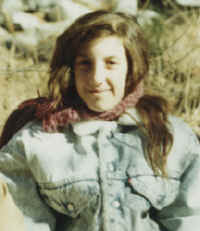 |
At the local record shop, she began buying all manner of
freedom rock: the birds, bob dylan, crosby, stills, nash and young…the searching
words and sometimes painfully beautiful melancholic notes touched her deeply inside and
spoke to a feeling that still resides in her chest center.
|
As he did for many westerners, George Harrison gave her the
gift of the sitar. With her expanding awareness of the variety of rhythms, notes and
instruments from each continent and culture, the world opened up for her.
|
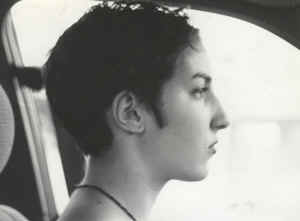 |
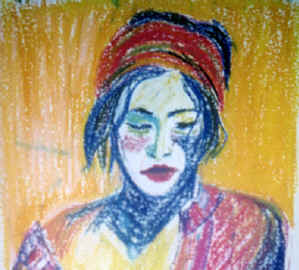
|
Music was her bridge- to places and people…it was sound
that initially sparked her interest in travel, world culture, and textiles.
She formed theories in her young mind that the music she felt
most connected to were places her soul had once lived and/or traveled. She saw herself as
an old nomad from India, eastern Europe, the Balkans, the middle east and north
Africa…having spent time in the area known as Mali and Morocco.
|
These philosophies attempted to help her understand why she
would dance alone in her room, laughing while tears ran down her cheeks.
|
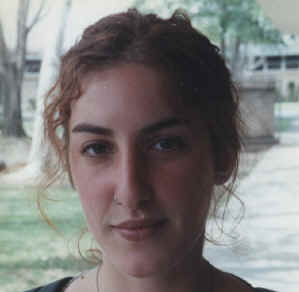
|
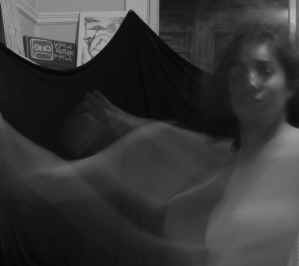
|
As she matured, she experimented with movements in many ways.
Taking belly dance and other dance techniques.
|
She now loves the freedom in creative expression, without the
umbrella of a particular dance style….a blending of all regions and traditional
styles into pure expression.
|
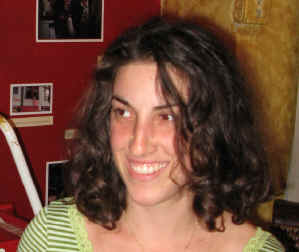 |
 |
She can often be found in her room, making love to sounds.
Rolling on the ground and being pushed by a force or memory that defies explanation.
|
|
|
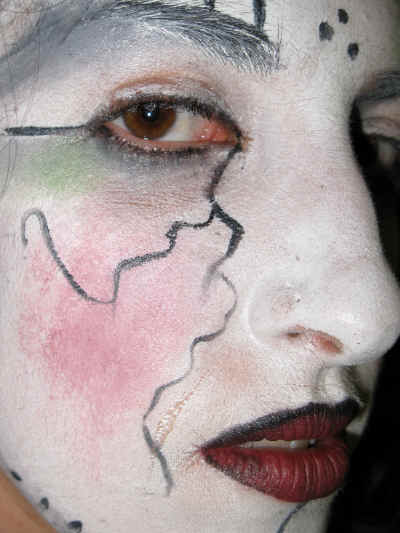
|
|
 |
 |
 |
 |
 |
 |